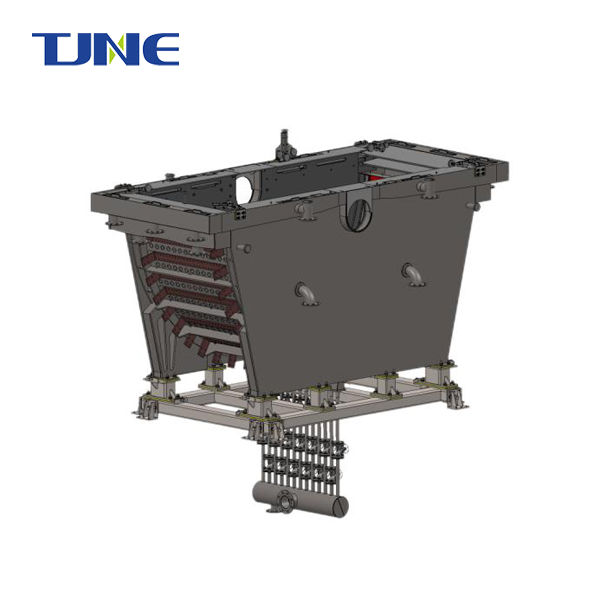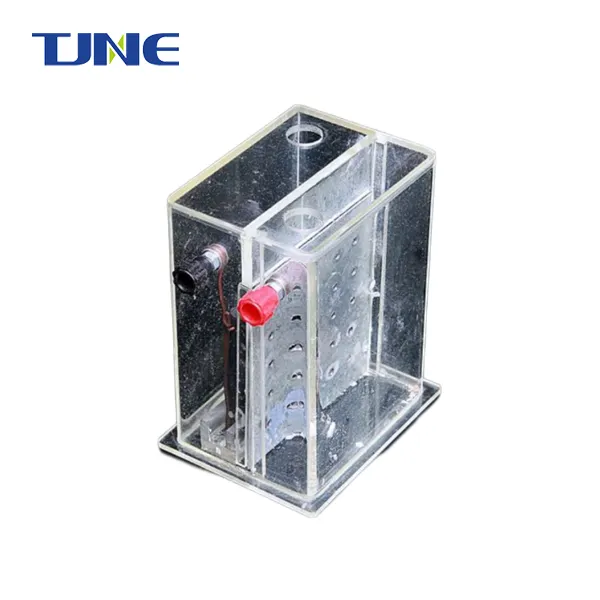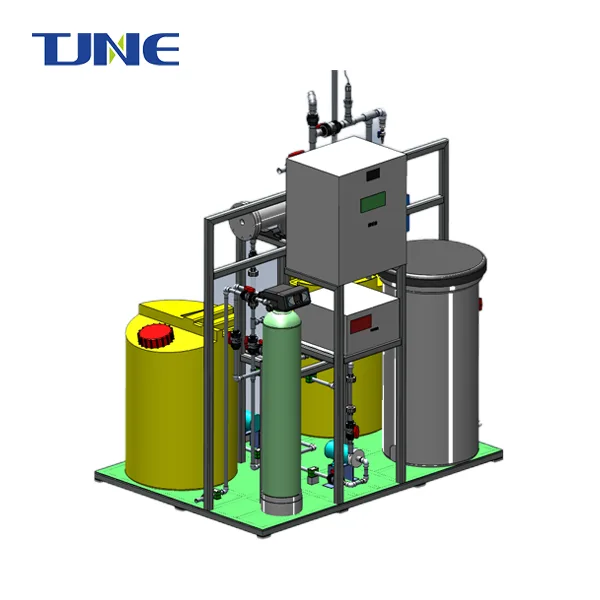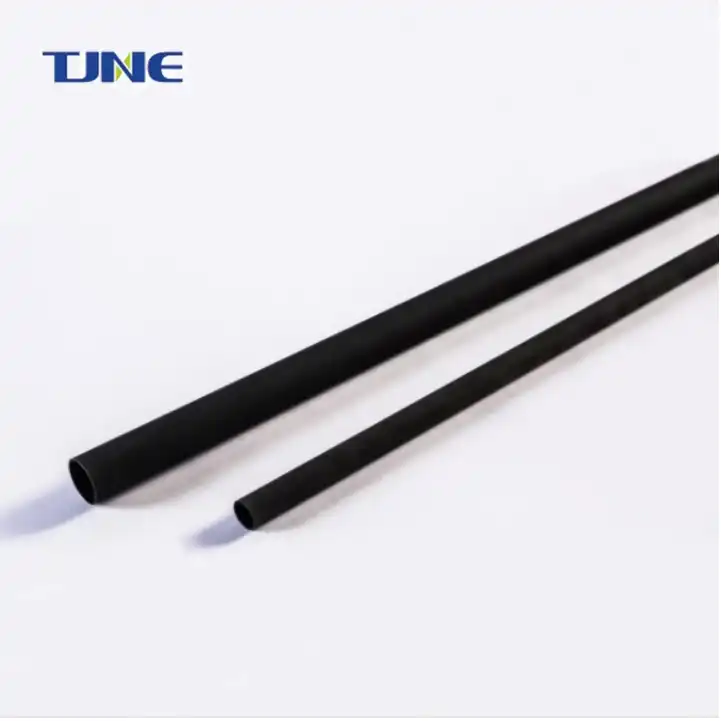- English
- French
- German
- Portuguese
- Spanish
- Russian
- Japanese
- Korean
- Arabic
- Greek
- German
- Turkish
- Italian
- Danish
- Romanian
- Indonesian
- Czech
- Afrikaans
- Swedish
- Polish
- Basque
- Catalan
- Esperanto
- Hindi
- Lao
- Albanian
- Amharic
- Armenian
- Azerbaijani
- Belarusian
- Bengali
- Bosnian
- Bulgarian
- Cebuano
- Chichewa
- Corsican
- Croatian
- Dutch
- Estonian
- Filipino
- Finnish
- Frisian
- Galician
- Georgian
- Gujarati
- Haitian
- Hausa
- Hawaiian
- Hebrew
- Hmong
- Hungarian
- Icelandic
- Igbo
- Javanese
- Kannada
- Kazakh
- Khmer
- Kurdish
- Kyrgyz
- Latin
- Latvian
- Lithuanian
- Luxembou..
- Macedonian
- Malagasy
- Malay
- Malayalam
- Maltese
- Maori
- Marathi
- Mongolian
- Burmese
- Nepali
- Norwegian
- Pashto
- Persian
- Punjabi
- Serbian
- Sesotho
- Sinhala
- Slovak
- Slovenian
- Somali
- Samoan
- Scots Gaelic
- Shona
- Sindhi
- Sundanese
- Swahili
- Tajik
- Tamil
- Telugu
- Thai
- Ukrainian
- Urdu
- Uzbek
- Vietnamese
- Welsh
- Xhosa
- Yiddish
- Yoruba
- Zulu
Mixed Metal Oxide (MMO) canister anodes are essential components in cathodic protection systems, widely used to prevent corrosion in various industries. These anodes are designed to deliver optimal performance and longevity in challenging environments. Understanding the technical specifications of a typical MMO canister anode is crucial for engineers, contractors, and asset owners to make informed decisions when implementing corrosion protection strategies. This blog post will delve into the key characteristics and parameters that define these advanced anodes.
What are the advantages of using MMO titanium anodes in cathodic protection systems?
Mixed Metal Oxide (MMO) titanium anodes have gained significant popularity in cathodic protection systems due to their numerous advantages over traditional anode materials. These advanced anodes offer a combination of durability, efficiency, and cost-effectiveness that make them an attractive choice for various applications.
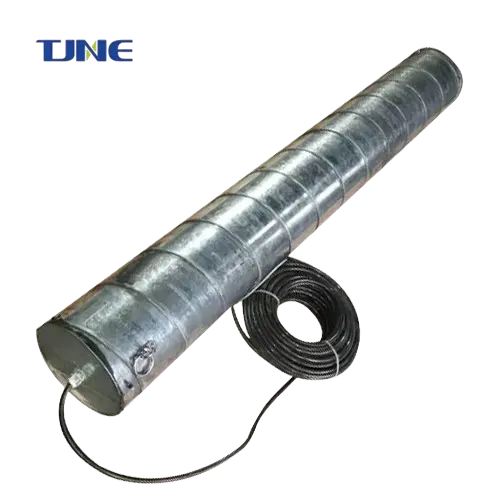
One of the primary advantages of MMO titanium anodes is their exceptional longevity. The mixed metal oxide coating, typically composed of precious metals such as iridium, ruthenium, and tantalum, is applied to a titanium substrate. This coating provides excellent resistance to wear and corrosion, allowing the anodes to maintain their performance over extended periods. In many cases, MMO titanium anodes can last 20 years or more, significantly reducing the need for frequent replacements and associated maintenance costs.
The high electrical conductivity of MMO titanium anodes is another crucial advantage. The specialized coating enables efficient electron transfer, resulting in lower power consumption compared to traditional anode materials. This improved efficiency translates to reduced operating costs and a smaller environmental footprint for cathodic protection systems.
MMO titanium anodes also exhibit remarkable chemical stability in various electrolytes. They can withstand aggressive environments, including seawater, brackish water, and soil with high chloride content. This stability ensures consistent performance across a wide range of applications, from offshore structures to underground pipelines.
The lightweight nature of titanium as a substrate material offers additional benefits. MMO titanium anodes are significantly lighter than traditional materials like high-silicon cast iron, making them easier to handle, transport, and install. This characteristic is particularly advantageous in offshore applications where weight considerations are critical.
Furthermore, MMO titanium anodes have a low consumption rate, meaning they maintain their dimensions and shape over time. This stability ensures a consistent current distribution throughout the anode's lifespan, leading to more uniform and effective cathodic protection.
In terms of versatility, MMO titanium anodes can be manufactured in various shapes and sizes, including rods, tubes, meshes, and ribbons. This flexibility allows for customized designs to suit specific application requirements, whether it's for impressed current cathodic protection (ICCP) systems or sacrificial anode applications.
The environmental impact of MMO titanium anodes is also worth noting. Unlike some traditional anode materials that may release harmful substances as they degrade, MMO titanium anodes are considered environmentally friendly. The inert nature of the titanium substrate and the stability of the mixed metal oxide coating minimize the release of potentially harmful elements into the surrounding environment.
How does the composition of the mixed metal oxide coating affect anode performance?
The composition of the mixed metal oxide coating plays a crucial role in determining the performance characteristics of MMO titanium anodes. The specific combination and ratios of precious metals used in the coating can significantly influence factors such as durability, electrical efficiency, and suitability for different environments.
Typically, the mixed metal oxide coating consists of a blend of precious metals, with iridium oxide (IrO2) and ruthenium oxide (RuO2) being the primary active components. These oxides are known for their excellent catalytic properties and low overpotential for oxygen evolution, which is essential for efficient anode operation.
The ratio of iridium to ruthenium in the coating can be adjusted to optimize performance for specific applications. For instance, a higher iridium content generally results in increased durability and longevity, making it suitable for applications requiring extended service life. On the other hand, a higher ruthenium content can provide better catalytic activity and lower operating voltages, which may be preferable in situations where power efficiency is a primary concern.
Other elements, such as tantalum oxide (Ta2O5) or titanium oxide (TiO2), are often added to the coating to enhance its stability and adhesion to the titanium substrate. Tantalum oxide, in particular, has been shown to improve the coating's resistance to dissolution in chloride-rich environments, making it valuable for marine and offshore applications.
The thickness of the mixed metal oxide coating is another critical factor affecting anode performance. A thicker coating generally translates to a longer service life, as there is more active material available for the electrochemical reactions. However, there is a balance to be struck, as excessively thick coatings may lead to increased internal stresses and potential delamination from the substrate.
The method of applying the mixed metal oxide coating also influences its performance. Advanced techniques such as thermal decomposition and electrodeposition are commonly used to ensure uniform coverage and strong adhesion to the titanium substrate. These methods allow for precise control over the coating composition and thickness, enabling manufacturers to tailor the anode's properties to specific application requirements.
It's worth noting that the composition of the mixed metal oxide coating can be optimized for different electrolytes and operating conditions. For example, anodes designed for use in seawater may have a different coating composition compared to those intended for use in freshwater or soil environments. This customization ensures optimal performance and longevity across a wide range of applications.
The stability of the mixed metal oxide coating under various operating conditions is a critical consideration. The coating must maintain its integrity and catalytic activity over time, even when subjected to high current densities and potentially aggressive environments. Ongoing research in this field continues to explore new coating compositions and techniques to further improve the performance and durability of MMO titanium anodes.
What factors should be considered when selecting the appropriate size and shape of an MMO canister anode?
Selecting the appropriate size and shape of an MMO canister anode is a critical decision that can significantly impact the effectiveness and efficiency of a cathodic protection system. Several factors must be carefully considered to ensure optimal performance and longevity of the anode in its intended application.
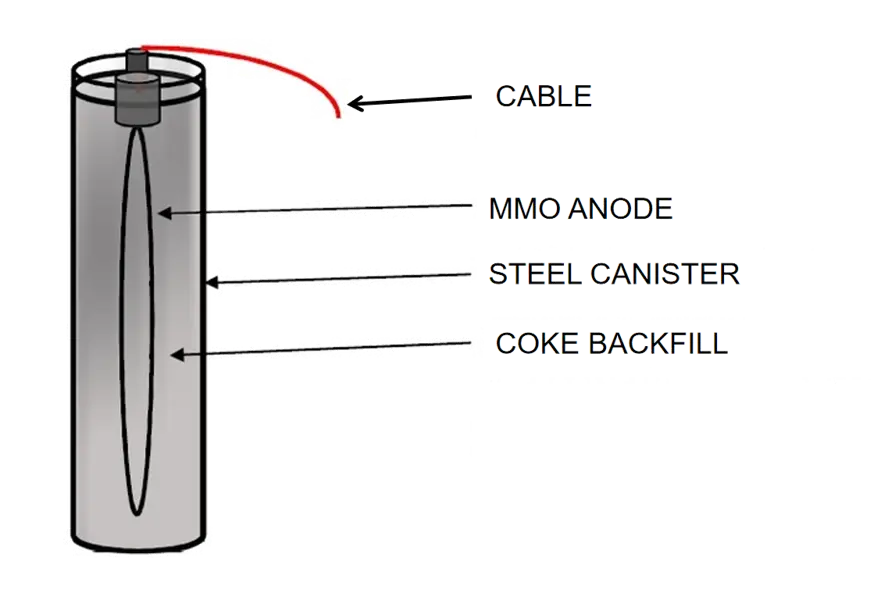
One of the primary considerations is the current output required for the cathodic protection system. The size of the anode directly correlates with its current capacity. Larger anodes can typically deliver higher currents and provide protection for larger structures or over greater distances. To determine the appropriate size, engineers must calculate the total current demand of the structure to be protected, taking into account factors such as the structure's surface area, the resistivity of the environment, and the desired level of protection.
The shape of the MMO canister anode is another crucial factor that influences its performance and suitability for specific applications. Canister anodes are available in various shapes, including cylindrical, tubular, and rectangular designs. The choice of shape often depends on the installation method and the physical constraints of the protected structure.
Cylindrical canister anodes are widely used due to their versatility and ease of installation. They are particularly suitable for vertical installations in drilled holes or when used in deep groundbeds. The cylindrical shape provides a uniform current distribution around its circumference, making it effective for protecting structures with regular geometries.
Tubular canister anodes, which are essentially elongated cylinders, offer advantages in situations where a longer anode is required to achieve better current distribution along a linear structure, such as a pipeline. Their slender profile allows for installation in narrow spaces or when using horizontal drilling techniques.
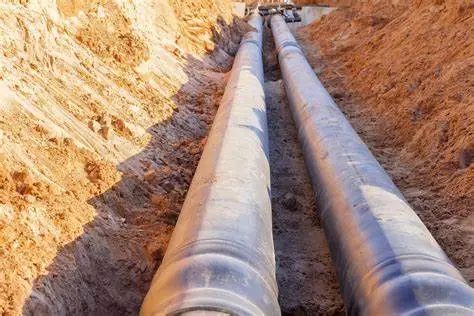
Rectangular or slab-shaped canister anodes may be preferred in applications where a low-profile design is necessary, such as in shallow groundbeds or when space is limited. These anodes can provide a larger surface area for current output while maintaining a compact form factor.
The environment in which the anode will be installed is another critical factor in determining its size and shape. For instance, in high-resistivity soils, larger anodes or multiple anodes may be necessary to achieve the required current output. In marine environments, where space may be limited, compact designs that can withstand high chloride concentrations and wave action may be more suitable.
The expected lifespan of the cathodic protection system should also influence the selection of anode size and shape. Larger anodes generally have a longer service life due to their increased mass of active material. However, this must be balanced against practical considerations such as installation costs and physical constraints of the protected structure.
Installation method and ease of maintenance are additional factors to consider. The chosen anode size and shape should be compatible with the available installation equipment and techniques. For example, in deep well installations, the anode dimensions must be suitable for the drilling equipment and casing sizes commonly used.
Future expansion or modifications to the cathodic protection system should also be taken into account. Selecting anodes with some additional capacity or designing the system to accommodate additional anodes in the future can provide flexibility for increased protection requirements or system upgrades.
Lastly, economic considerations play a role in the selection process. While larger anodes may offer longer service life and higher current output, they also come with higher initial costs. A cost-benefit analysis should be performed to determine the most cost-effective solution over the expected life of the cathodic protection system.
In conclusion, the technical specifications of a typical MMO canister anode encompass a wide range of factors that must be carefully considered to ensure optimal performance in cathodic protection systems. From the advantages of MMO titanium anodes and the critical role of the mixed metal oxide coating composition to the importance of selecting the appropriate size and shape, each aspect contributes to the overall effectiveness and efficiency of the anode.
The versatility and durability of MMO canister anodes make them an excellent choice for various applications across industries. Their ability to provide long-lasting, efficient corrosion protection in challenging environments has revolutionized cathodic protection strategies. As technology continues to advance, we can expect further improvements in MMO anode design and performance, leading to even more effective and sustainable corrosion protection solutions.
By understanding the technical specifications and considering the factors discussed in this blog post, engineers and asset owners can make informed decisions when selecting and implementing MMO canister anodes in their cathodic protection systems. This knowledge is essential for ensuring the longevity and reliability of critical infrastructure, ultimately leading to reduced maintenance costs and improved safety across various industries.
If you are interested in the products of Xi'an Taijin New Energy & Materials Sci-Tech Co., Ltd., please contact yangbo@tjanode.com.
References:
1. Crundwell, F. K. (2010). "Extractive Metallurgy of Nickel, Cobalt and Platinum Group Metals." Elsevier.
2. Schweitzer, P. A. (2009). "Fundamentals of Corrosion: Mechanisms, Causes, and Preventative Methods." CRC Press.
3. Revie, R. W., & Uhlig, H. H. (2008). "Corrosion and Corrosion Control: An Introduction to Corrosion Science and Engineering." John Wiley & Sons.
4. NACE International. (2013). "Cathodic Protection Technologist Course Manual."
5. Baeckmann, W. V., Schwenk, W., & Prinz, W. (1997). "Handbook of Cathodic Corrosion Protection." Gulf Professional Publishing.
6. Darowicki, K., Orlikowski, J., & Arutunow, A. (2018). "Electrochemical Impedance Spectroscopy in Corrosion Studies." Elsevier.
7. Hack, H. P. (1999). "Galvanic Corrosion Test Methods." ASTM International.
8. Tait, W. S. (2012). "An Introduction to Electrochemical Corrosion Testing for Practicing Engineers and Scientists." PairODocs Publications.
9. Roberge, P. R. (2000). "Handbook of Corrosion Engineering." McGraw-Hill Education.
10. Jones, D. A. (1996). "Principles and Prevention of Corrosion." Prentice Hall.
Related Industry Knowledge
- What are MMO Canister Anodes and Their Advantages in Cathodic Protection?
- What are the Applications of MMO Canister Anodes in Industry?
- What Are the Benefits of MMO Canistered Wire Anodes?
- What Makes MMO Tubular Titanium Anodes a Revolutionary Choice for Electrochemical Applications?
- Harnessing the Power of Innovation: The Role of MMO Anode Plates in Modern Electrochemistry
- Electrochemical Evolution: The Advanced Applications of MMO Belts
- The Protective Power of MMO Ribbon Anodes: A Deep Dive into Cathodic Protection
- How do MMO Canister Anodes Work?






